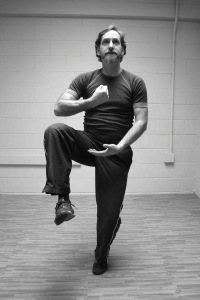22/52 a Guessing Game
/This is a silly post about being in Boulder, Colorado. I'm sitting in a fancy café watching the end of the Tour De France, incidentally. This café has marble tables and black leather seats. Everyone here is in incredibly good shape, it is on a major bicycle route. But Boulder is like this in general, people are in great physical condition.
Anyway, there is a game people play in Boulder called 22/52. Incidentally, I was pretending not to be listening into a conversation in another café when I learned about this game. The rules are simple, you are hanging out with a friend and you see someone in the distance, you then say "22/52" and you both guess whether the person is closer in age to 22 or to 52. If you guess differently the game is on. As the chosen target gets closer it usually becomes obvious who won. You can play for push-ups, or beer, or just bragging rights.
I'm not sure this game would work anywhere but in Boulder but if you have nothing better to do, you can play it all day here. There really are that many "fit" people here.
This makes me think about a concept my father invented called "Social Sorting" back in the late '80's or early '90's. The idea is now popular with economists, especially when thinking about where people choose to live. The idea is that people sort themselves out into different groups by looking first at a "flag" or a signal that tells a person they may want to join, second experiencing a "screen", which is some kind of measuring-up, assessment, or perhaps a necessary barrier, and third the "overflow," which weeds people out who for whatever reason don't fit in.
Anyway this all gave me a really cool idea for a Tai Chi video commercial. Instead of 22/52 it would be called 42/72. The camera would start way off in the distance (perhaps a few shots from a helicopter) watching someone doing Tai Chi (or Baguazhang or some other type of gongfu). "42? or 72?" flashes on the screen, then the camera zooms in on this really old woman jumping around like a grasshopper. It should repeat three times with different people in different location for variety. At the end it can have some tag-line like, "Aging with power and grace: The art of Tai Chi."








